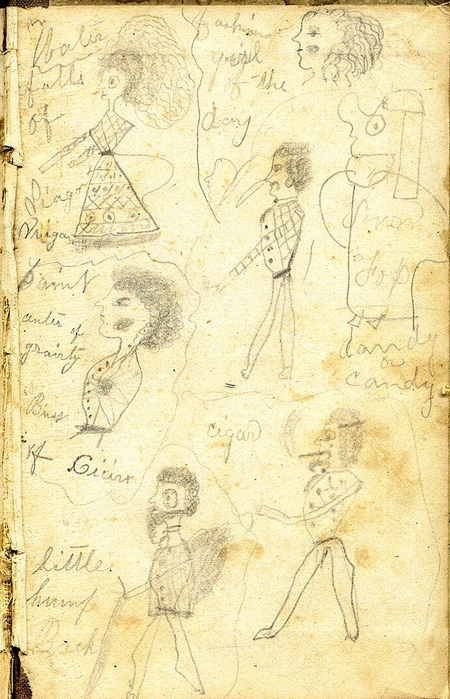Documentation of Childhood Graffiti From Antique Sources
Collecting Children’s Messages from the Distant Past
Process
I don’t know about other people’s reasons for collecting certain things, but in my own case I had unwittingly accumulated hundreds of examples of children’s scribbles and writing while in fact looking for outdated maps in old textbooks. By “children” I mean that I typically collect books used by what we would now call pre-teens. By “old” I mean the books are at least 75 years old, and many were used in the latter part of the Nineteenth Century.
Much of what these children left behind spoke of familiar concerns – love and sadness; friendships and crushes; people, flowers, animals and mysterious creatures; homes and even the occasional car, truck or airplane. They have left messages, I think -- poignant signifiers of a rather naïve or innocent past that is lost to us. So I am gathering the stuff of nostalgia, longing, and the idea of Eden. And, too, I like to think that this is an act of preservation and hence of respect for people who are now gone. I am trying to carefully catalogue each separate page, noting, where possible, clues to the context of what was written and drawn: the book title and publication date; names of the child or children who used the books; towns and cities where they lived; and other names, dates and notes that appear. It is a simulacrum of the ethnographic process, involving as it does curiosity, rigor and exhaustive detail.
History
Briefly, this is how the collection evolved. At first I merely accepted these interesting markings as a necessary part of the maps’ aging process. Food stains, ink blots, coin rubbings, words, phrases, numbers and sketches just added the charm of age to the maps. I was then gradually seduced by their immense visual appeal; most of the marking was in graphite, a truly indestructible medium that seems to invite irregularity of line as well as smudges and erasures. For a while I cut these up into small squares and then rearranged them to make abstract patterns suggestive of a secret language.
Later on, I more carefully perused what was being written or drawn. I left whole book pages intact, because so much of the writing was either beautiful penmanship or its complete opposite – wacky scrawls, odd drawings, names and numbers, verses, and copious lists of other children’s names suggesting potential boyfriends or girlfriends. However I was still using these pages as collage elements in paintings that frequently ended up obscuring much of what had been visible. Most recently, I made a large series of small works using individual pages as the basis for collages, leaving most of what the child had contributed visible. I put each page in a separate Riker scientific mount and showed them in a large flat file as though they were archeological specimens. Now, however, the collection itself is the work, and the drawings you see on these pages are unaltered - presented exactly as they were found.
Jean Hess
Knoxville, Tennessee
June 1, 2008
Contact: jeanhess [at] bellsouth [dot] net
FPr.1929.KIR.4
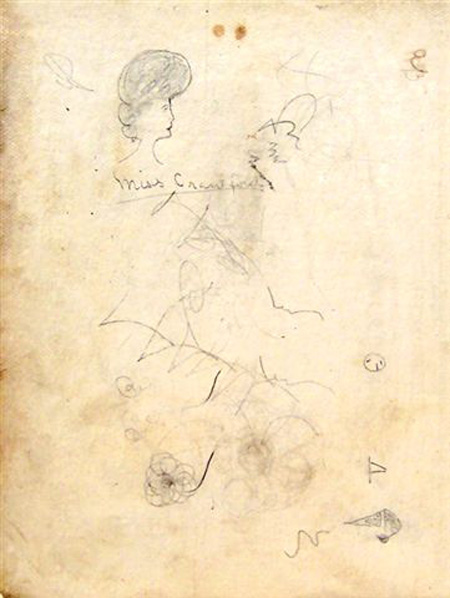
FPr.0.x.MissCrawford
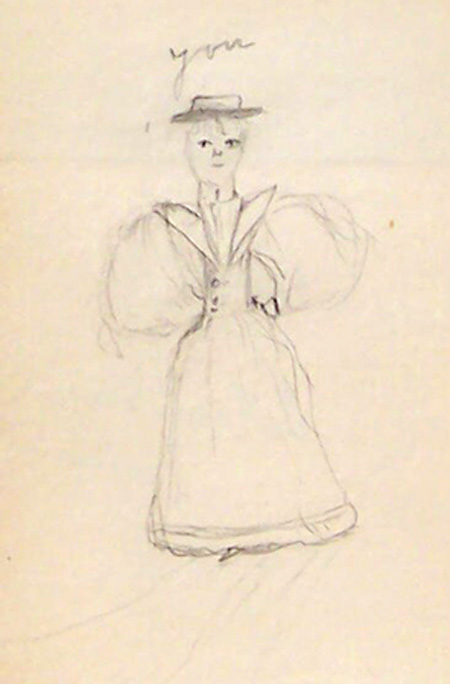
FPr.0.x.Lady

FAn.1915.WEN.1
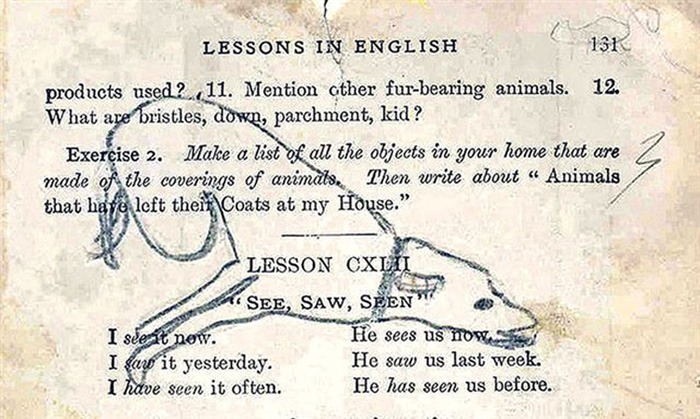
FAn.0.x.DogTracing
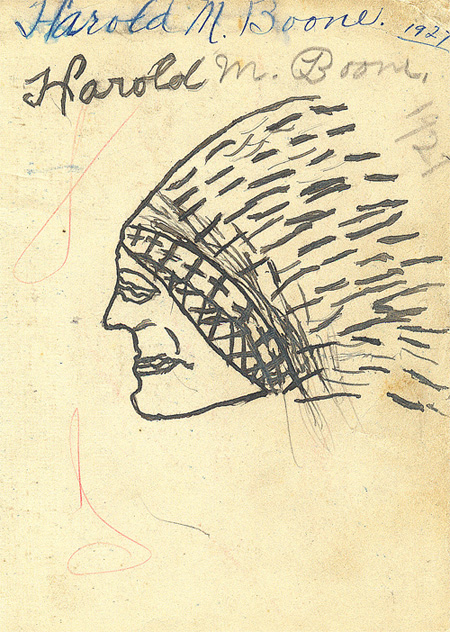
FPr.1927.HAM.1
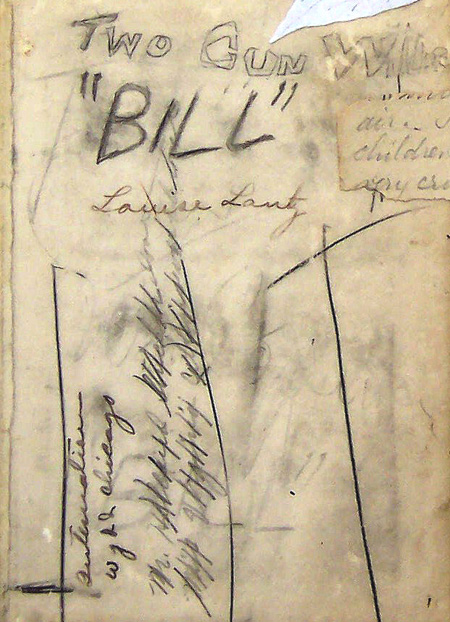
APh.0.x.TwoGun
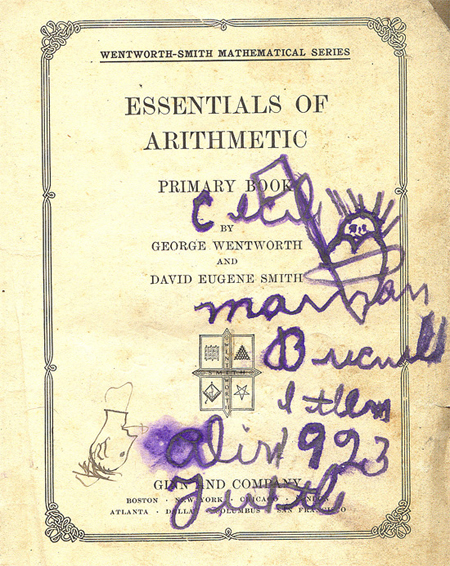
FPr.1915.WEN.2
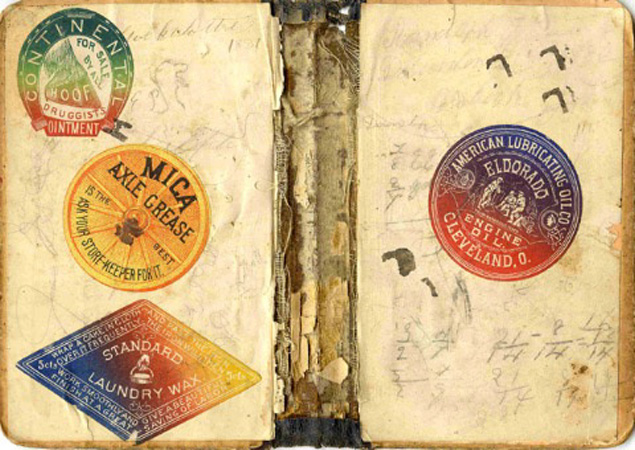
ESt.1881.PAR.1
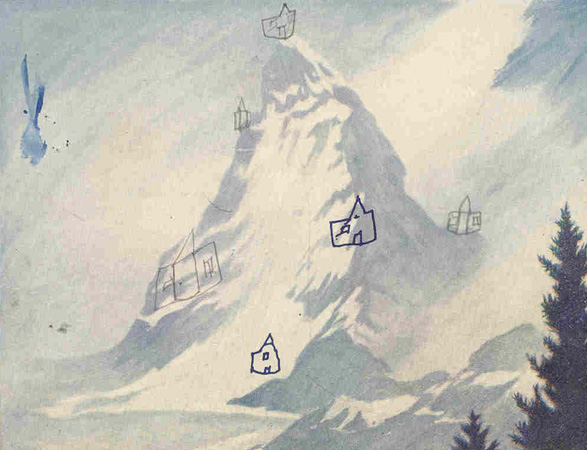
FSh.1928.FRY.1a
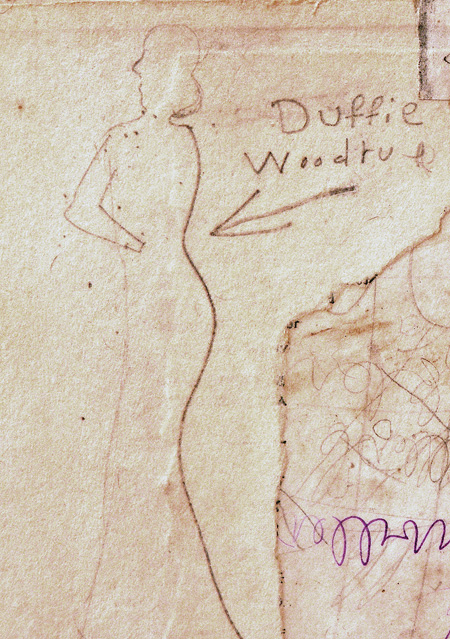
FPr.0.x.Duffie
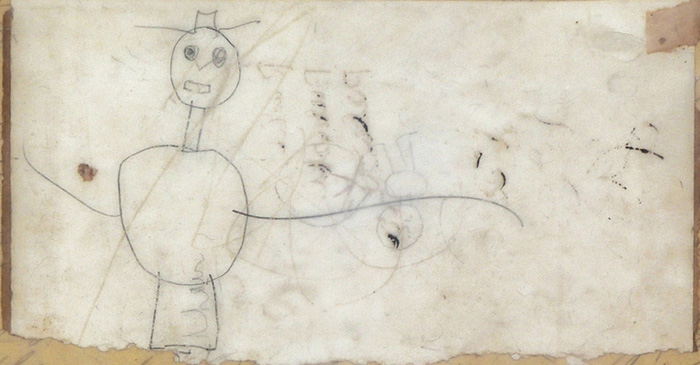
FPr.0.x.HappyMan
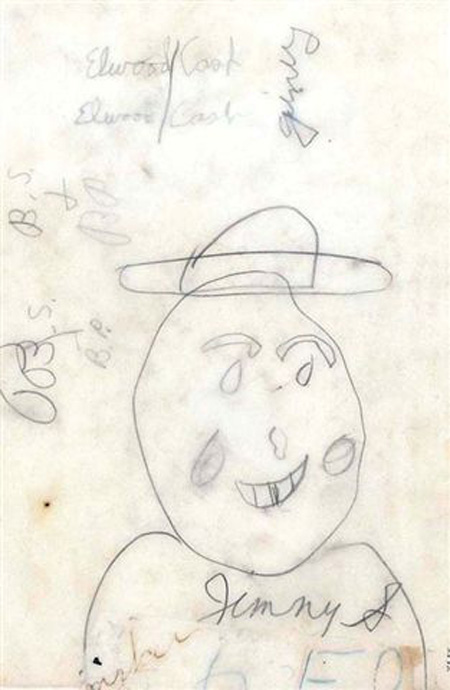
FPr.0.x.ElwoodCash
